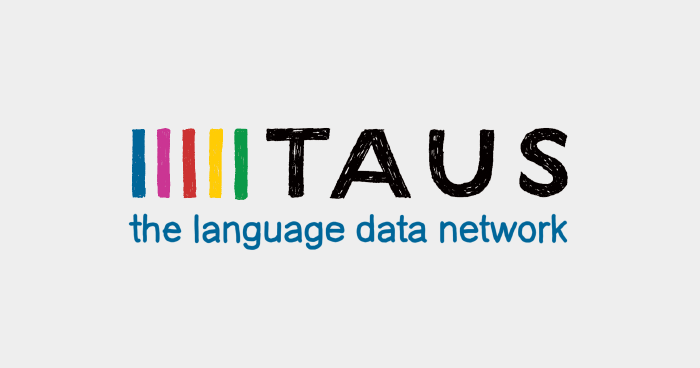OSPF (Open Shortest Path First) may be a link state routing protocol. Because its Associate in Nursing open commonplace, it’s enforced by a spread of network vendors. OSPF can run on most routers that doesn’t essentially got to be Cisco routers (unlike EIGRP which might be run solely on Cisco routers).
Here area unit the foremost necessary options of OSPF:
Routers running OSPF got to set up neighbour relationships before exchanging routes. Because OSPF may be a link state routing protocol, neighbours don’t exchange routing tables. Instead, they exchange info about configuration. every OSFP router then runs SFP rule to calculate the simplest routes and adds those to the routing table. Because every router is aware of the complete topology of a network, the possibility for a routing loop to occur is least.
Each OSPF router stores routing and topology info in 3 tables:
Neighbour table – stores info regarding OSPF neighbours
Topology table – stores the topology structure of a network
Routing table – stores the simplest routes
OSPF neighbours
OSPF routers must be compelled to set up a neighbour relationship before exchanging routing updates. OSPF neighbour’s area unit dynamically discovered by causing greeting packets out every OSPF-enabled interface on a router. greeting packets area unit sent to the multicast information processing address of 224.0.0.5.
Ospf hellos
Routers R1 and R2 area unit directly connected. when OSFP is enabled each router send Hellos to every different to find a neighbour relationship. you’ll be able to verify that the neighbour relationship has so been set used by writing the show information processing ospf neighbours command.
The following fields within the greeting packets should be a similar on each router so as for routers to become neighbours:
subnet
area id
hello and dead interval timers
authentication
area stub flag
MTU
OSPF neighbour states
Before set using a neighbour relationship, OSPF routers must be compelled to bear many state changes. These states area unit explained below.
- Init state – a router has received a greeting message from the opposite OSFP router
- 2-way state – the neighbour has received the greeting message and replied with a greeting message of his own
- Exstart state – starting of the LSDB exchange between each router. Routers area unit setting out to exchange link state info.
- Exchange state – DBD (Database Descriptor) packets area unit changed. DBDs have LSAs headers. Routers can use this info to find what LSAs must be compelled to be changed.
- Loading state – one neighbour sends LSRs (Link State Requests) for each network it doesn’t fathom. the opposite neighbour replies with the LSUs (Link State Updates) that have info regarding requested networks. in any case the requested info is received, different neighbour goes through a similar method
- Full state – each router has the synchronic information and area unit adjacent with one another.












